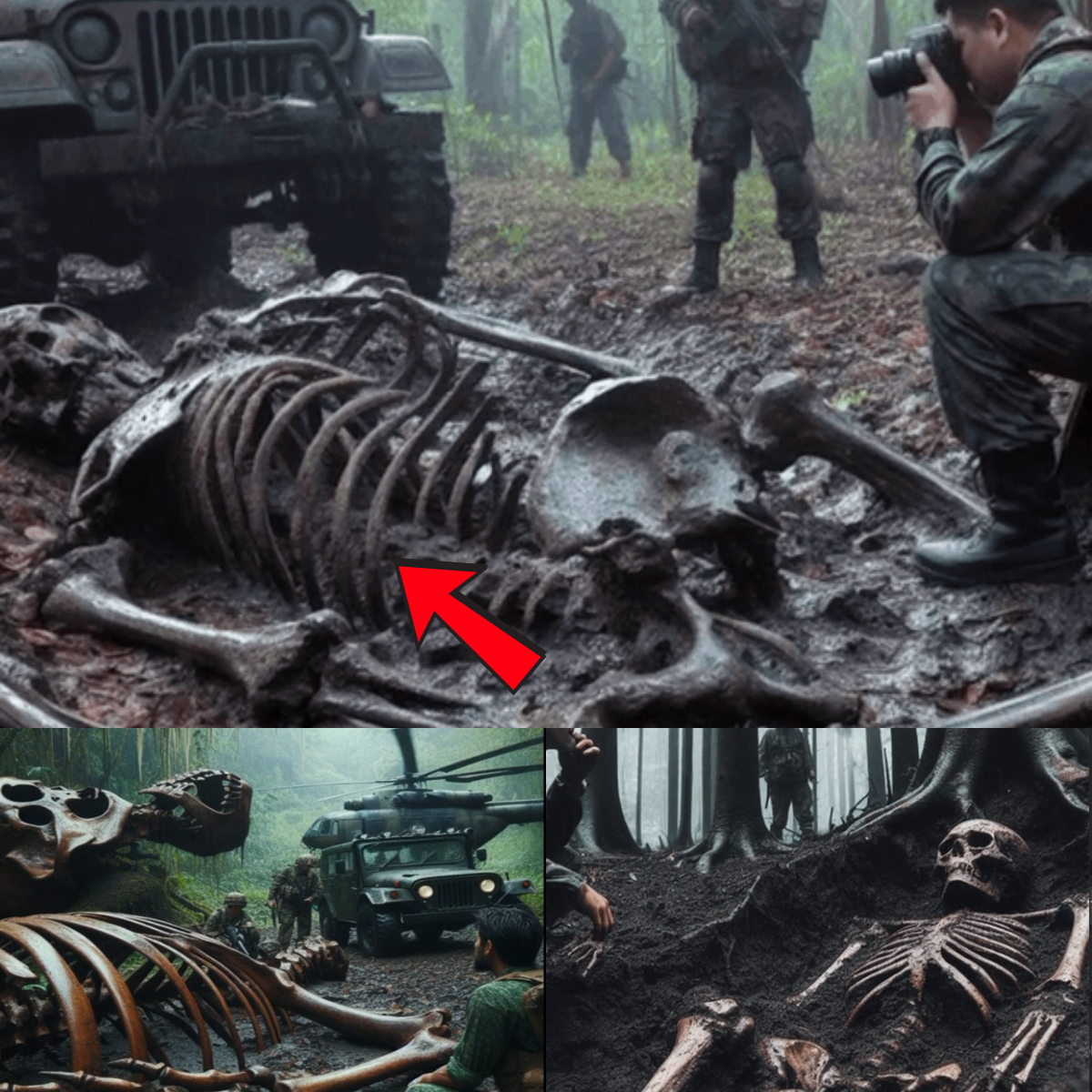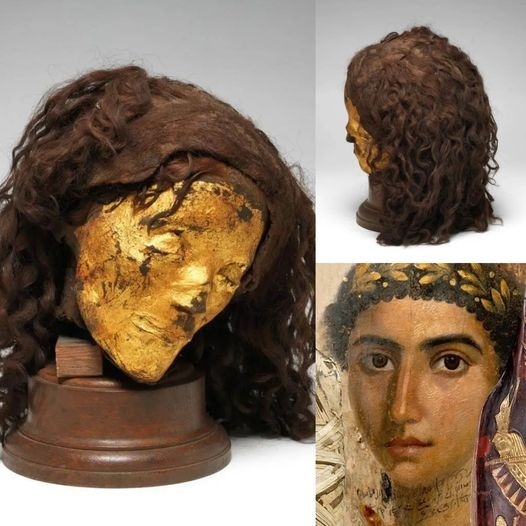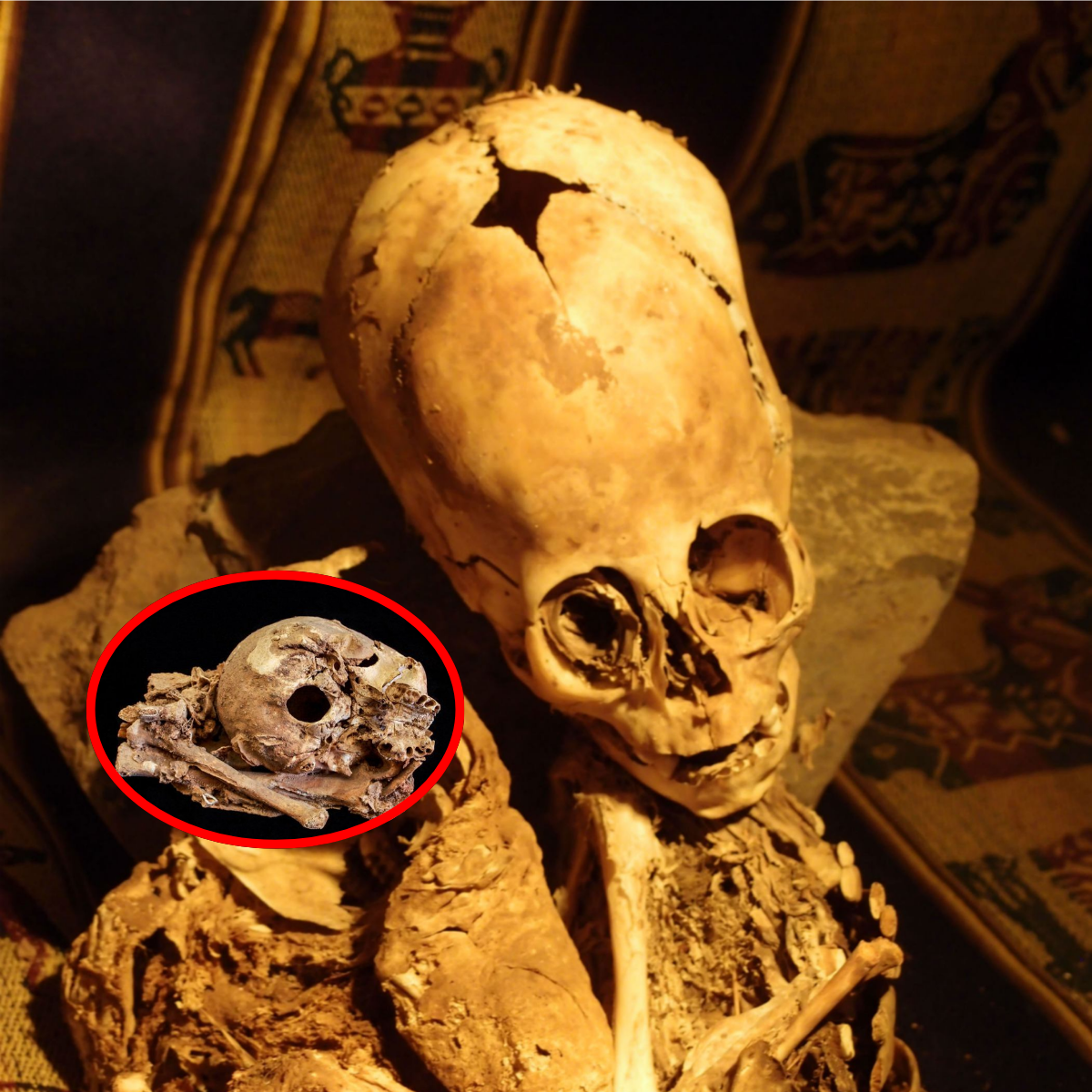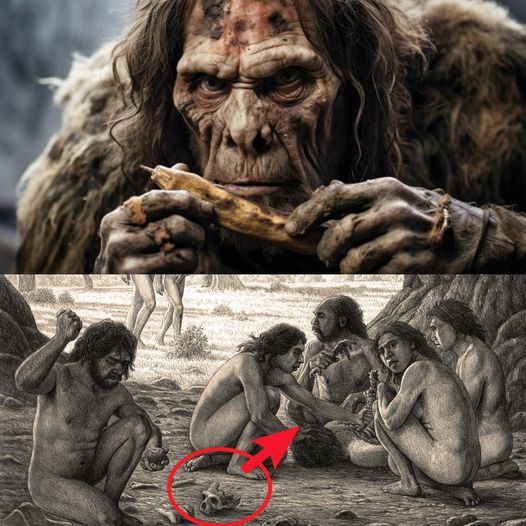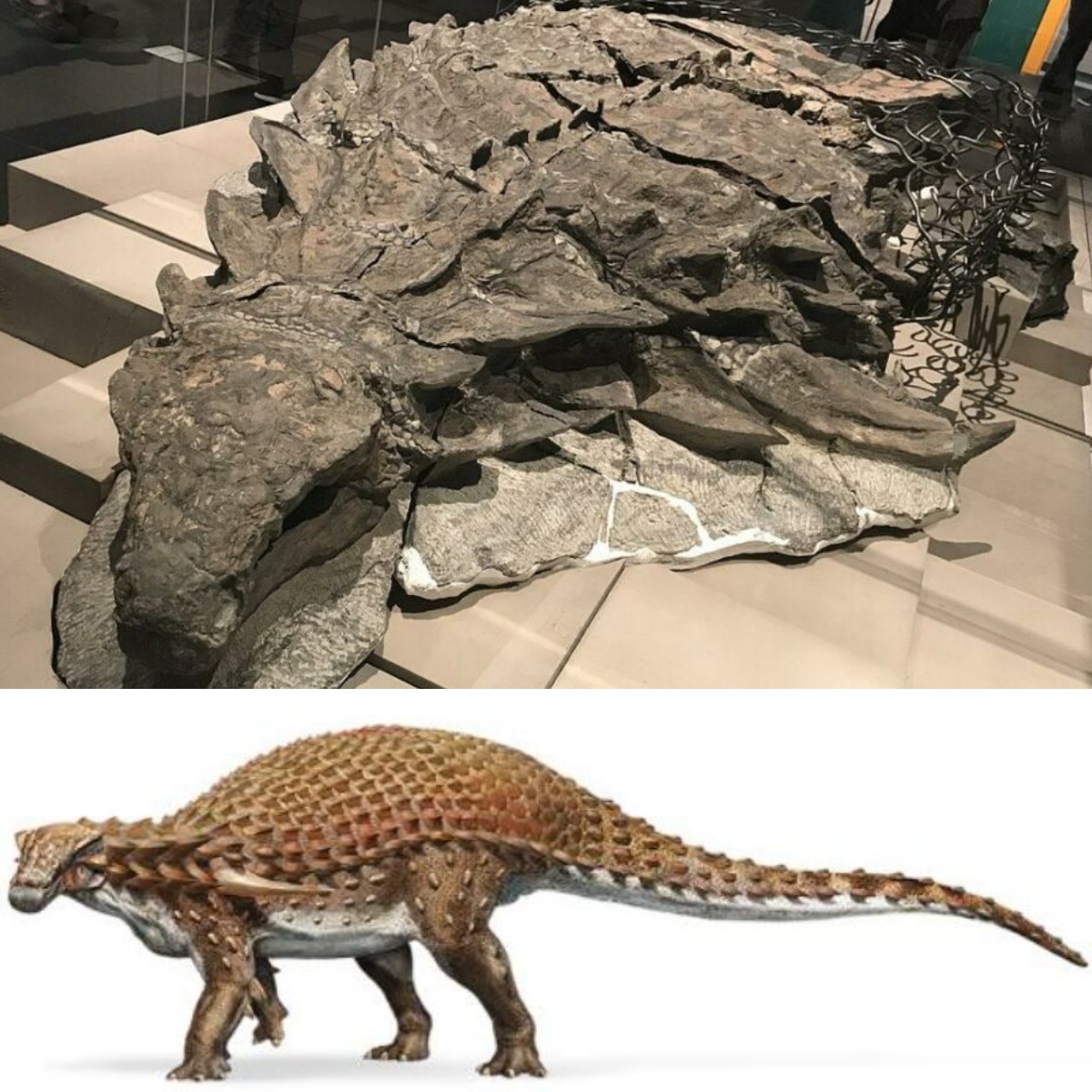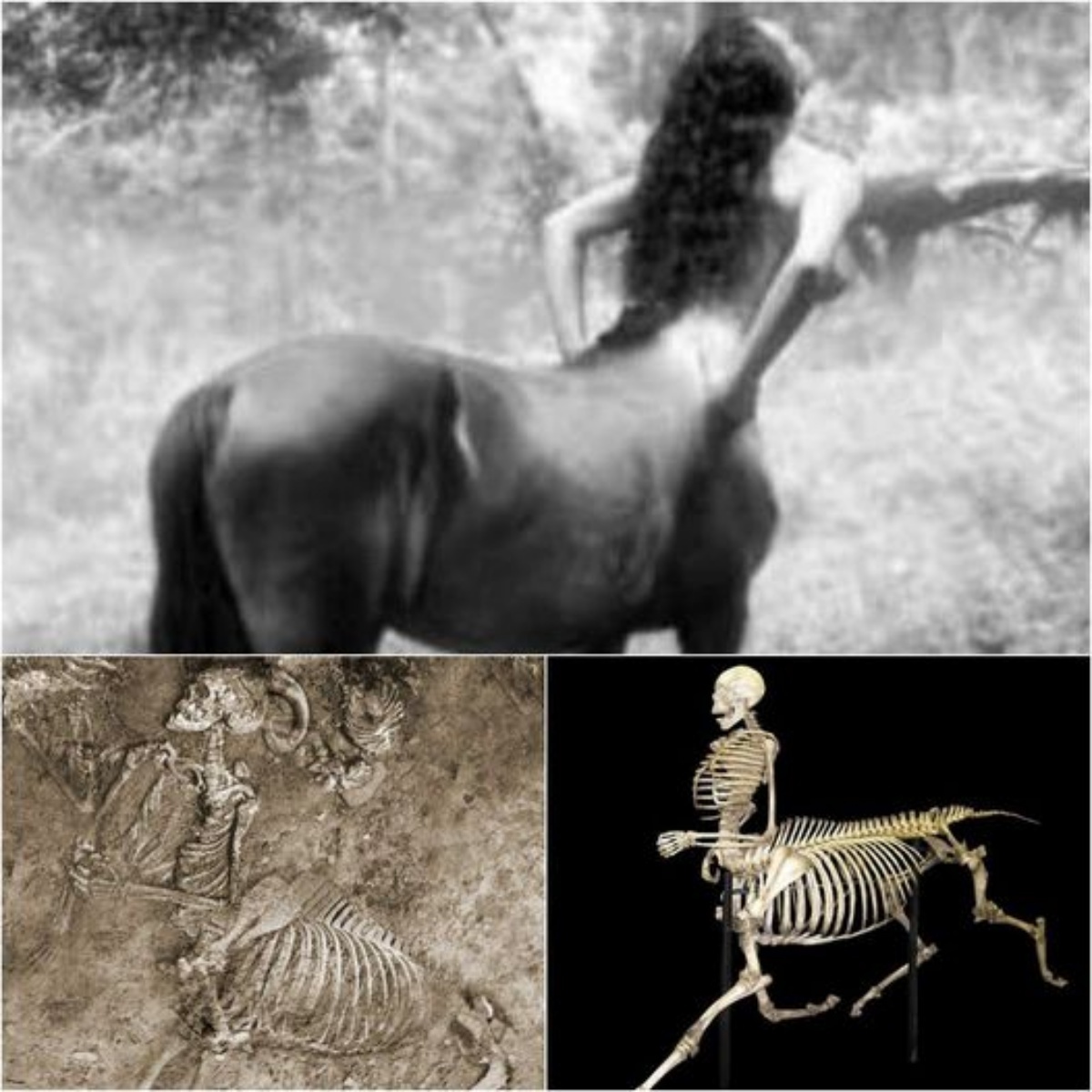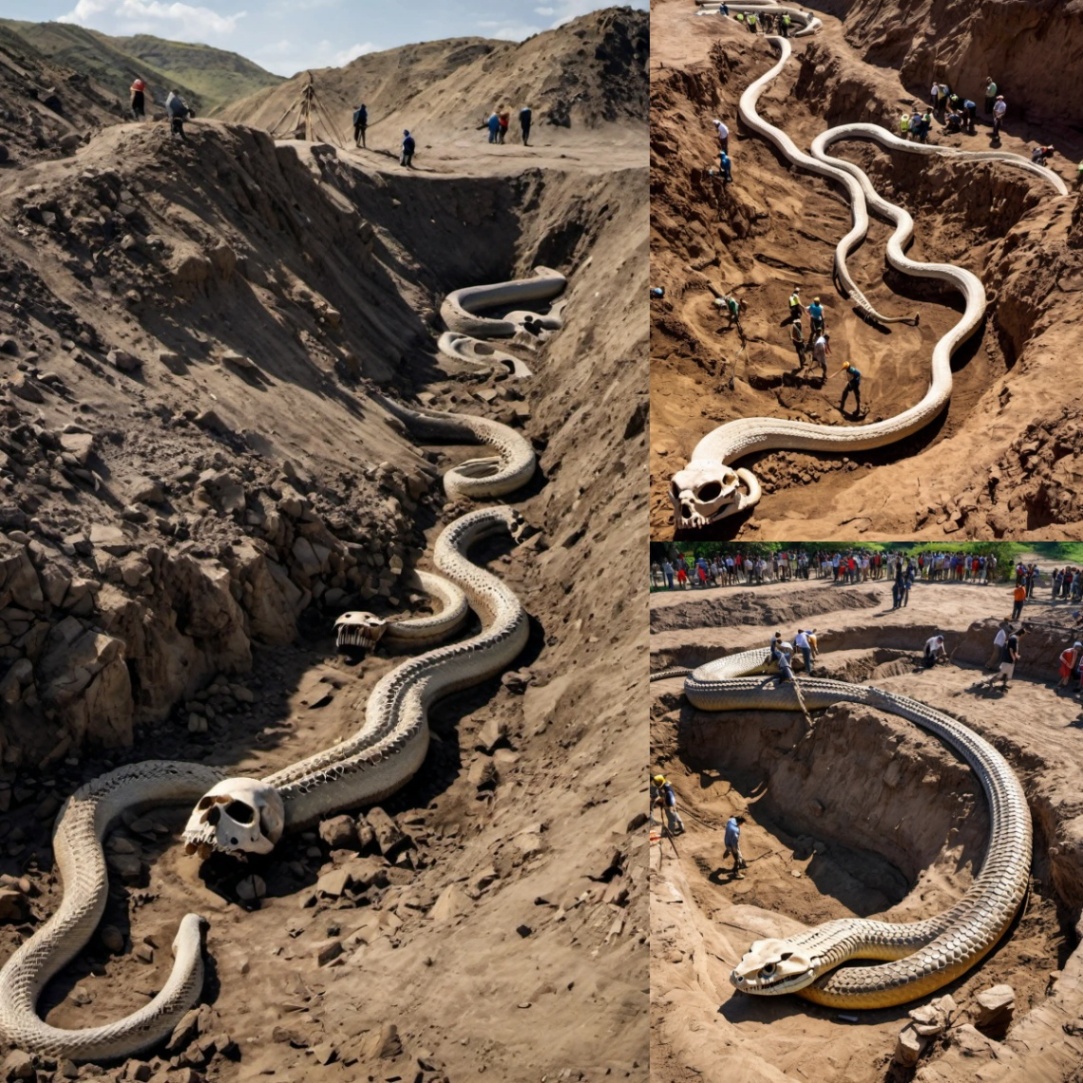
In an astonishing and eerie discovery, a massive skeleton resembling a giant serpent has been unearthed from the depths of the Loire River in France. This find, shrouded in mystery and awe, has captivated archaeologists and the public alike, sparking debates and theories about its origins and significance.
The Discovery Unveiled
The serpent-like skeleton was discovered by a team of divers who were exploring the river’s murky depths. Measuring an astonishing 40 feet in length, the skeleton’s serpentine shape and intricate bone structure suggest it may have belonged to a creature of immense size and power. The discovery was made near the town of Tours, an area rich with historical significance and folklore.
Mythical Implications
Local legends speak of a gigantic serpent or dragon residing in the Loire River, a creature that could have inspired countless tales and myths throughout history. This discovery seems to lend some credence to those ancient stories, raising questions about the line between myth and reality. Could this skeleton be the remains of the very creature that inspired these legends, or is it a new species yet to be documented by science?
Scientific Analysis and Findings
Preliminary analysis of the skeleton has revealed features that are both fascinating and perplexing. The bone structure is unlike anything seen before, with certain characteristics suggesting it could belong to a previously unknown species. Researchers are particularly intrigued by the twisted, almost serpentine nature of the skeleton, which challenges existing theories about the biodiversity of the region during the period it lived.
Dr. Sophie Leclerc, a leading paleontologist involved in the study, commented, “This discovery is groundbreaking. The structure of the bones and the sheer size of the skeleton suggest it could be a new species or a misidentified known species. We need to conduct further analysis to understand its exact nature and how it fits into the broader picture of ancient wildlife in this region.”
Theories and Speculations
As experts delve deeper into the discovery, several theories have emerged. Some speculate that the creature could be a remnant of prehistoric life, possibly dating back millions of years. Others suggest it might be a giant, undiscovered species that evolved in isolation within the Loire River. There are even those who entertain the idea that the skeleton could be linked to the mythical creatures of local folklore, blurring the lines between myth and reality.
Cultural and Historical Context
The Loire River has long been a source of inspiration for myths and stories, with many cultures attributing mystical properties to its waters. The discovery of this skeleton adds a new layer of intrigue to the region’s rich tapestry of legends. It also presents a unique opportunity to bridge the gap between historical myth and modern scientific inquiry, potentially rewriting parts of our understanding of the natural world and its history.
Moving Forward
As the investigation continues, the team of scientists and historians plans to conduct a thorough excavation and analysis. Advanced techniques, including DNA testing and comparative anatomy, will be employed to uncover more about the skeleton’s origins and biological makeup. This research aims not only to solve the mystery of the serpent skeleton but also to enhance our understanding of the ancient biodiversity of the Loire region.
Conclusion
The emergence of the giant serpent skeleton from the Loire River is a discovery that promises to ignite curiosity and wonder across the globe. Whether it is a relic of ancient times, a new species, or a creature from myth, this find challenges our perceptions and invites us to explore the mysteries of the natural world. As the investigation unfolds, one thing is clear: the Loire River has once again proven to be a site of unparalleled historical and scientific significance.
